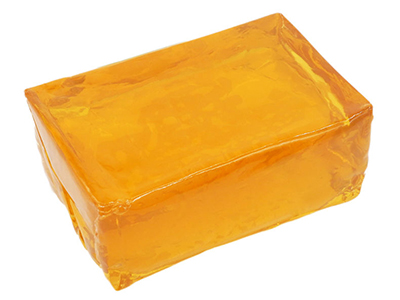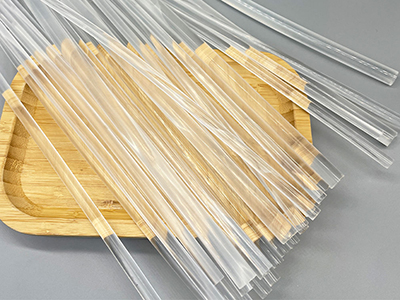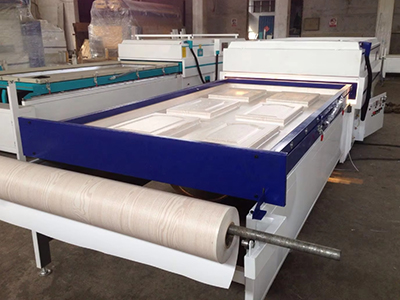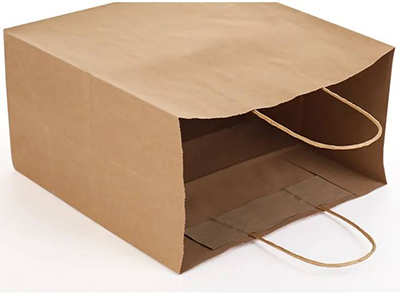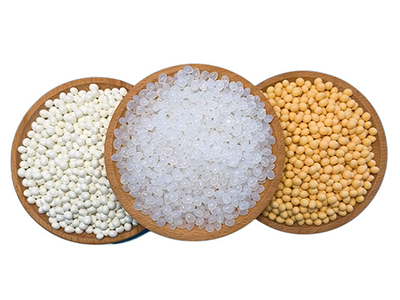What Kind of Glue is Used for Labels?
Labels are used in various industries for packaging, branding, and organizing, and the type of glue used is critical for ensuring that they adhere properly to different surfaces. Depending on the application and environment, different types of adhesives are used for labels. Here’s an overview of the most commonly used types of glue for labels:
1. Pressure-Sensitive Adhesive (PSA)
Description: Pressure-sensitive adhesives are the most commonly used adhesives for labels. They require only pressure to bond the label to a surface—no heat or water is needed. PSAs are typically used for self-adhesive labels, such as those found on packaging, containers, and envelopes.
- Usage: PSAs are suitable for a wide range of surfaces including paper, plastic, metal, and glass.
- Types: There are three main types of pressure-sensitive adhesives:
- Acrylic-based: Known for durability and resistance to UV light and moisture, commonly used for outdoor applications.
- Rubber-based: Provides excellent adhesion on a variety of surfaces and is commonly used for general-purpose labels.
- Silicone-based: Used for high-temperature or specialty applications where adhesion to difficult surfaces like silicone or low-energy plastics is needed.
Common Applications:
- Product labels
- Shipping labels
- Food packaging labels
- Barcodes and identification labels
2. Water-Based Adhesive
Description: Water-based adhesives are made from polymers that dissolve in water. These adhesives are typically used in applications where the label is applied in a controlled environment, such as bottle labeling in food and beverage industries.
- Usage: Water-based adhesives are eco-friendly and offer good adhesion to materials like paper, cardboard, and some plastics.
- Types:
- Starch-based: Commonly used for paper labels, such as in bottle labeling for beverages like beer and soda.
- PVA-based (Polyvinyl Acetate): Offers strong adhesion for labels on paper and plastic surfaces.
Common Applications:
- Beverage bottle labels (e.g., beer and soft drinks)
- Paper-based labels for packaging
- Eco-friendly or recyclable labels
3. Hot Melt Adhesive
Description: Hot melt adhesives are thermoplastic adhesives that become liquid when heated and solidify as they cool. They provide strong bonding and quick setting, making them ideal for high-speed labeling operations.
- Usage: Hot melt adhesives are commonly used for labeling products in the packaging industry. They work well on a variety of surfaces, including plastic, glass, and metal.
Common Applications:
- Food and beverage packaging labels
- Pharmaceutical labels
- Labels for consumer goods
4. Solvent-Based Adhesive
Description: Solvent-based adhesives contain polymers dissolved in organic solvents. These adhesives are typically used for specialized applications that require strong bonding and resistance to environmental factors such as moisture, heat, or chemicals.
- Usage: Solvent-based adhesives are often used in labels that must adhere to non-porous surfaces or in extreme conditions, such as industrial settings.
Common Applications:
- Automotive labels
- Industrial equipment labels
- Chemical-resistant labels
5. Removable Adhesive
Description: Removable adhesives are designed to provide temporary adhesion, allowing the label to be removed cleanly without leaving residue behind.
- Usage: These adhesives are used for labels that need to be easily removed or repositioned, such as price tags, promotional labels, or temporary labels on products.
Common Applications:
- Price tags
- Temporary product labels
- Promotional stickers
6. Permanent Adhesive
Description: Permanent adhesives are designed for strong, long-lasting bonds that are difficult to remove without damaging the surface. These adhesives are typically used for labels that need to stay in place for the lifetime of the product.
- Usage: Permanent adhesives are used for labels that require strong adhesion, such as on food packaging, shipping labels, or identification labels.
Common Applications:
- Product labels
- Security labels
- Asset tracking labels
Conclusion
The type of glue used for labels depends on the application, surface, and environmental conditions. Pressure-sensitive adhesives (PSA) are the most widely used for general labeling, while water-based adhesives are preferred for environmentally conscious applications. Hot melt adhesives are excellent for high-speed production lines, and solvent-based adhesives are ideal for industrial or harsh environments. Whether you need a permanent or removable label, there is a specific adhesive designed to meet the requirements of your project.


